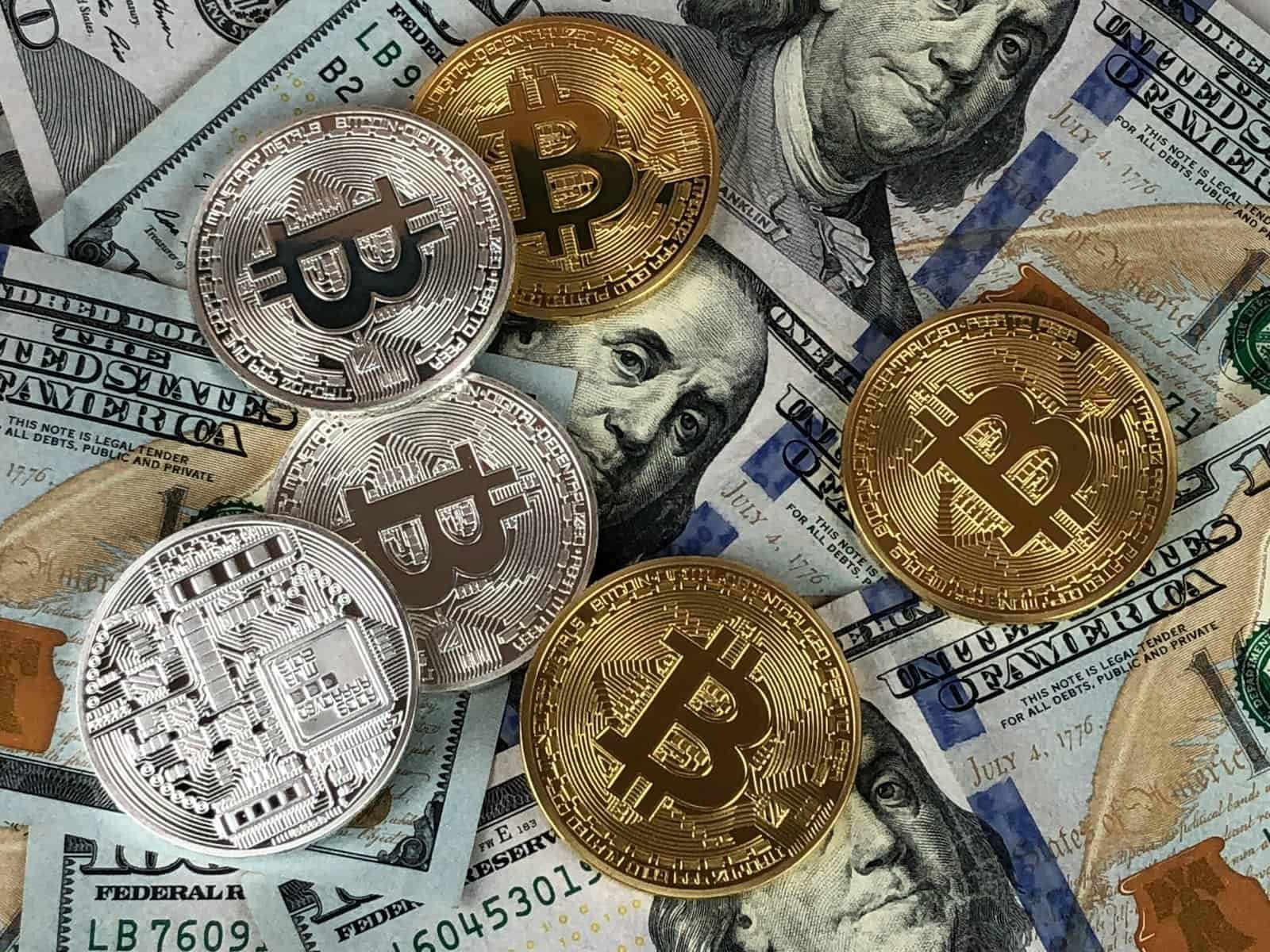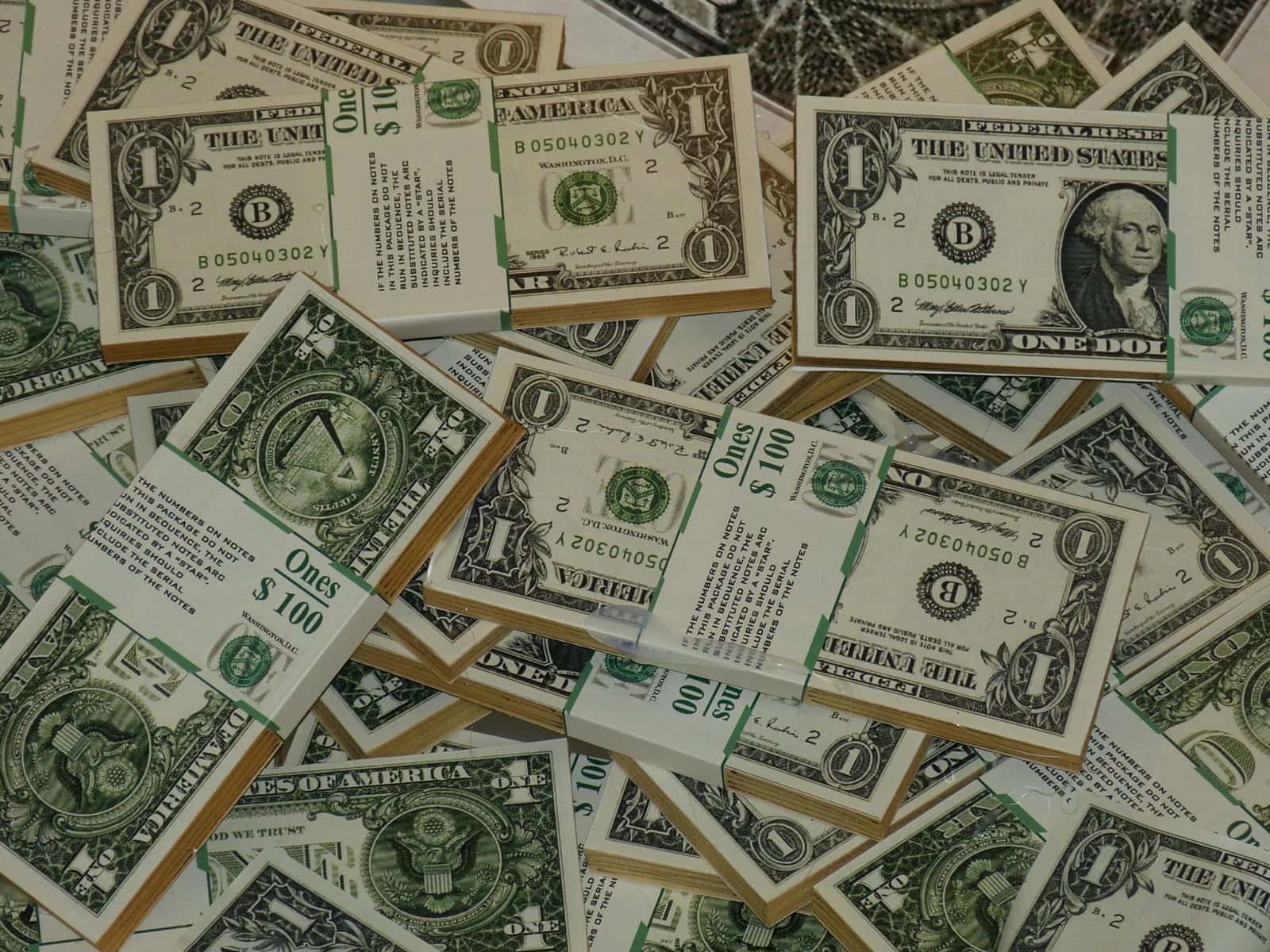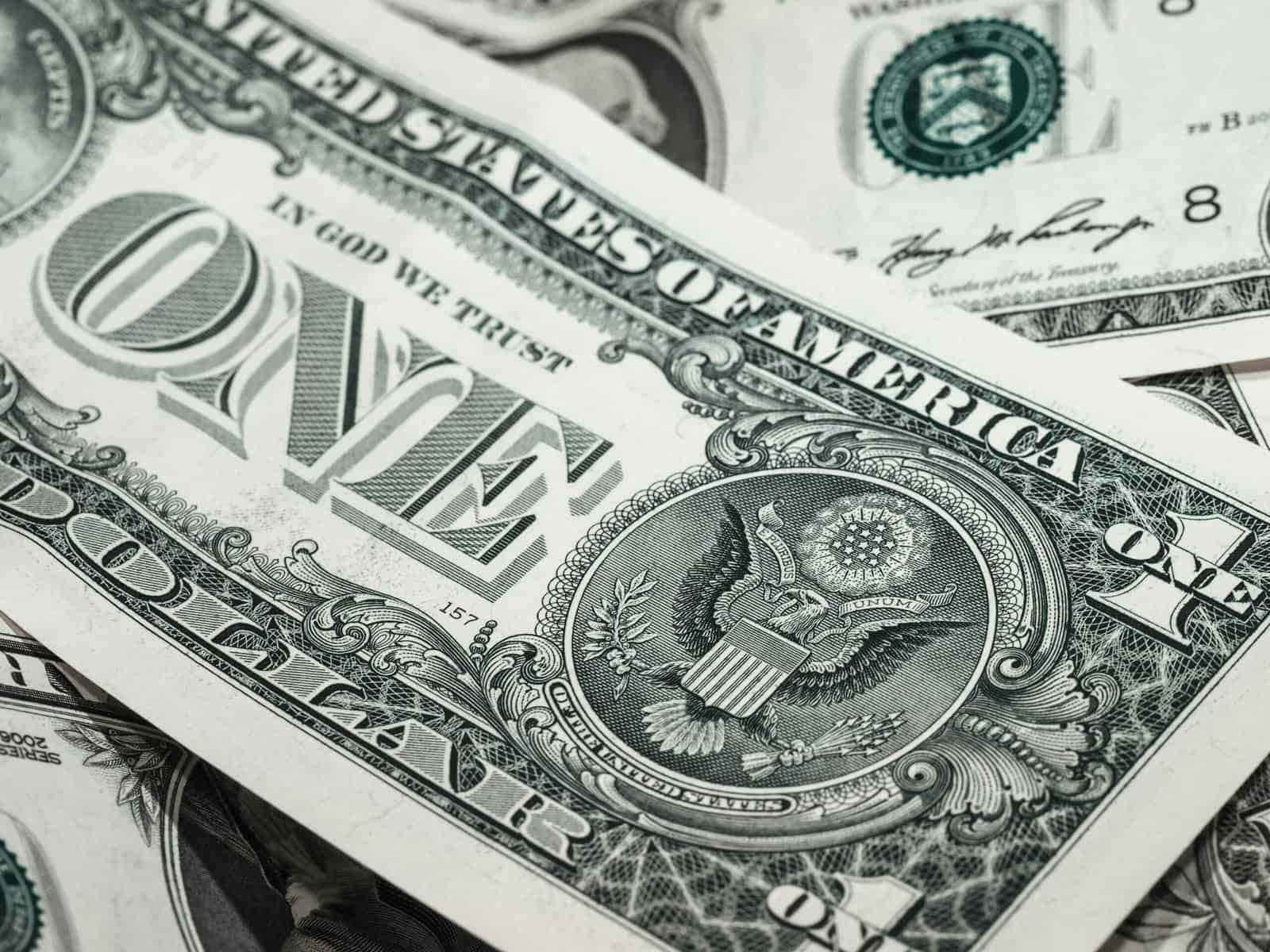Have you ever wondered what drives the value of a currency? In particular, what makes the United States dollar (USD1) such a dominant force in the global economy? As you navigate through the maze of foreign exchange, economics, and global finance, it becomes clear that the USD1 is more than just a piece of paper. It’s a symbol of trust, power, and history.
What is USD1?
The term “USD1” refers to one unit of the United States dollar, which is the official currency of the United States and is widely used in international trade. The USD1 is often regarded as the world’s primary reserve currency and serves as a benchmark for many other currencies. It is the linchpin of the global financial system, influencing everything from interest rates to international trade agreements.
Historical Background of the USD
The Birth of the Dollar
The dollar as you know it today has a rich history dating back to the late 18th century. The Coinage Act of 1792 established the U.S. dollar as America’s standard currency. Before this, various foreign currencies circulated in the United States, making trade and economic stability challenging.
The Gold Standard and Beyond
For much of its early history, the USD was backed by physical commodities such as gold and silver. This system, known as the gold standard, was a means to ensure stability and trust in the currency. However, during the Great Depression and later in 1971, the United States abandoned the gold standard, allowing the US dollar to become a fiat currency—meaning the value is derived primarily from trust in the government rather than physical backing.

The Role of USD1 in Global Economics
Global Reserve Currency
One of the most pivotal roles of the USD1 is its status as the world’s primary reserve currency. Central banks across the globe hold significant reserves of USD, which are used to back their own currency stability and facilitate international trade. This trust in the USD1 serves to reinforce its dominance as the backbone of global financial transactions.
Trade and Investment
The USD1 plays an essential role in global trade, as numerous commodities are priced in US dollars. This makes understanding the value of USD1 crucial for anyone involved in international commerce or investment. From businesses importing goods to investors seeking opportunities abroad, the USD1 can impact transaction costs, investment returns, and exchange rate risks.
Factors Influencing the Value of USD1
Economic Indicators
The strength of USD1 is influenced by various economic indicators, such as GDP growth rates, employment figures, and inflation data, released by U.S. government agencies. Robust economic growth generally leads to a stronger USD1, while high inflation can erode its value.
Interest Rates
Interest rates set by the Federal Reserve are also crucial in determining the strength of USD1. Higher interest rates often attract foreign investment, leading to increased demand for the dollar as investors seek better returns, thus increasing its value.
Political Stability
The political climate within the United States can dramatically impact the strength of USD1. Political stability tends to enhance confidence in the currency, while political uncertainty or conflicts can lead to volatility and a decrease in its value.

The USD1 and Exchange Rates
Exchange Rate Mechanisms
The exchange rate between USD1 and other currencies can fluctuate due to market forces such as supply and demand. Currency pairs (e.g., USD/EUR or USD/JPY) indicate how much one currency is worth compared to another. Understanding these rates is crucial for both businesses and individuals engaged in foreign currency transactions.
Impact on the Economy
Fluctuations in the USD1 exchange rate can have broad implications for the U.S. economy. A stronger USD1 can make exports more expensive and imports cheaper, potentially affecting the trade balance and domestic job market.
USD1 in Everyday Life
Consumer Behavior
As a consumer, the value of USD1 can directly impact your purchasing power, both domestically and internationally. When the dollar is strong, imports become cheaper, benefiting consumers through lower prices. Conversely, a weaker dollar means you might pay more for goods and services sourced from abroad.
Travel and Education
For those who love to travel or are studying overseas, the value of USD1 plays a significant role. A stronger dollar stretches your budget further in foreign countries, making travel and educational opportunities more accessible and affordable.

The Future of USD1
Digital Currency Evolution
As technology evolves, the landscape for currencies, including USD1, is changing. Digital currencies and blockchain technologies are gaining popularity, and the U.S. government is exploring digital dollar initiatives. Understanding how these innovations might impact USD1 is critical for anyone engaged in financial planning or global business.
Global Competition
The USD1 continues to face challenges from other currencies and economic blocs, such as china’s yuan and the euro. While maintaining its dominant position, the trajectory of the USD1 will depend on ongoing economic policies, technological advancements, and international relations.
Conclusion
While the United States dollar might seem like just another currency, its influence runs deep in the veins of global economics and everyday life. Whether you’re trading currencies, planning your next vacation, or just curious about the global financial landscape, the importance of understanding USD1 cannot be overstated. It’s a world where small changes in the value of USD1 can ripple across economies and affect countless lives.
Embracing the intricacies of the USD1 not only equips you with better financial literacy but also empowers you to make informed decisions, whether in investing, trading, or even choosing your next travel destination.

